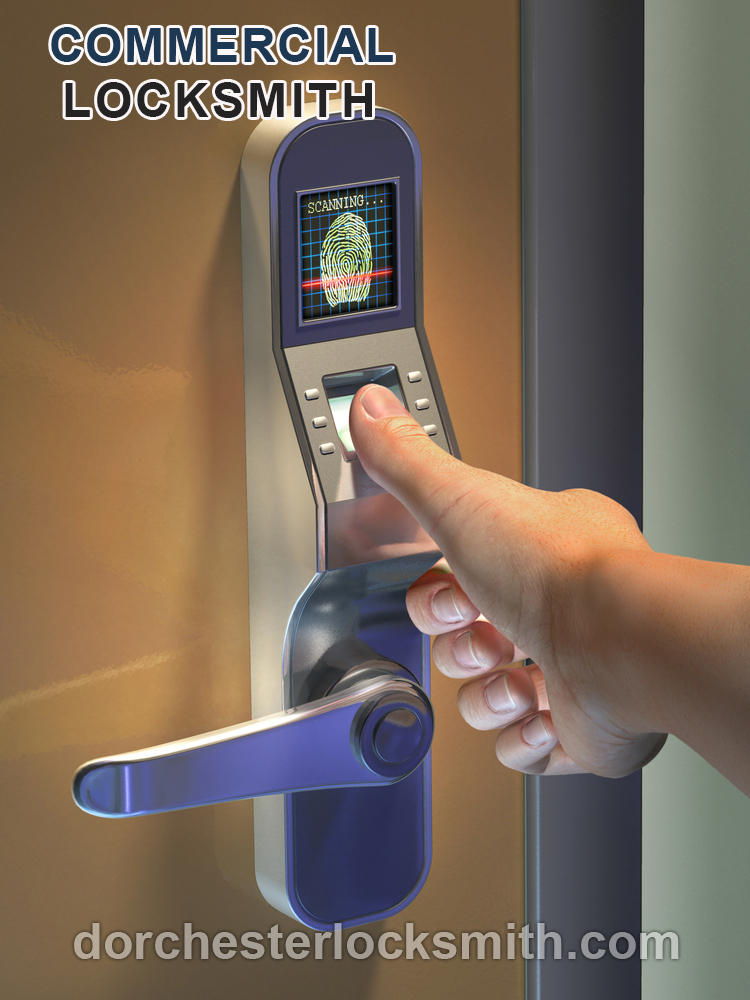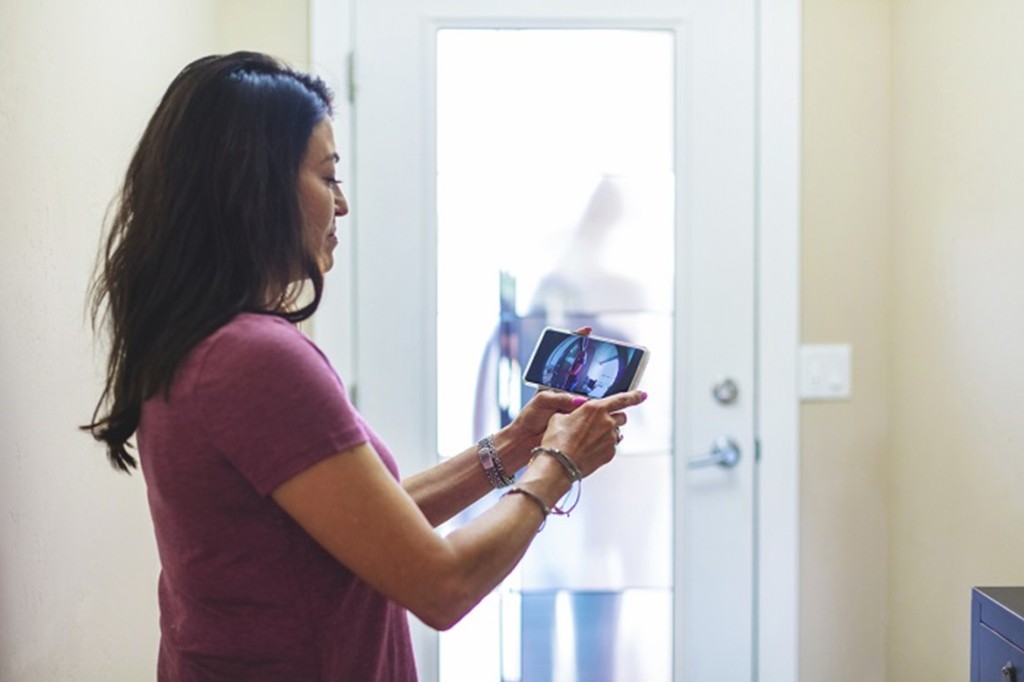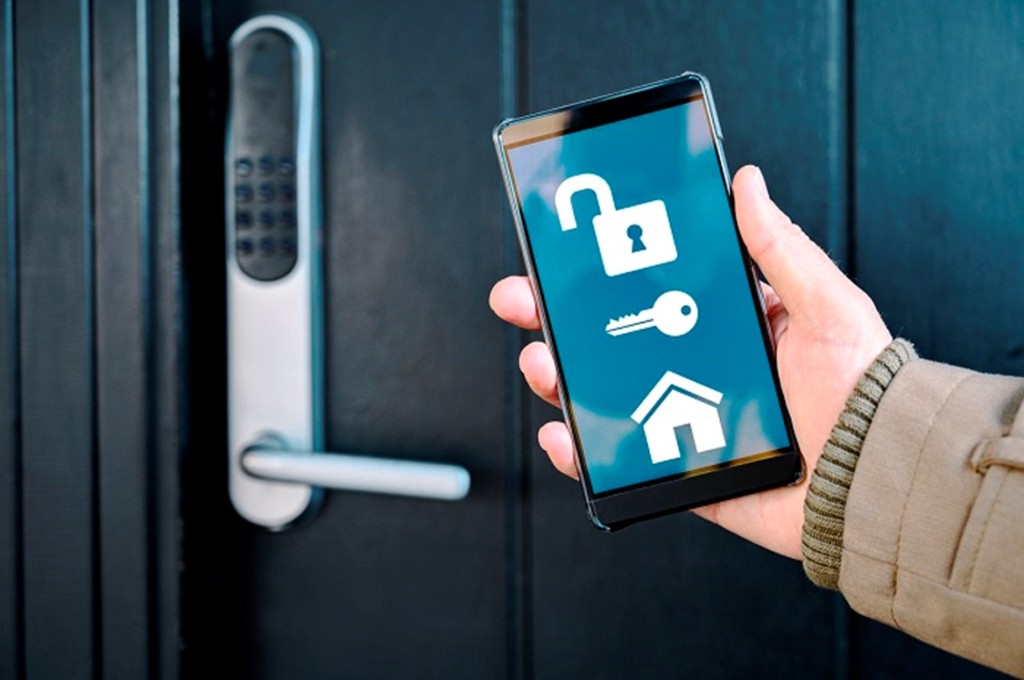
Keyless locks are becoming increasingly popular as more and more homeowners seek out convenient and secure ways to protect their homes. With a keyless lock, homeowners can easily lock and unlock their doors using a code, fingerprint, or smartphone app, without the need for a traditional key. In this article, we will explore some of the most common types of keyless locks and their features, benefits, and drawbacks.
1. Keypad Locks
Keypad locks are one of the most popular types of keyless locks. They use a numeric keypad to allow users to enter a code to unlock the door. The code can be changed as often as necessary to ensure security. Some keypad locks also have features such as automatic locking, tamper alerts, and temporary codes that can be given to guests or service providers.
Keypad locks are easy to use and can be installed on both residential and commercial doors. They are also more affordable than other types of keyless locks. However, they may not be as secure as other types of locks, as the code can be guessed or copied.
2. Biometric Locks
Biometric locks use fingerprint scanning technology to unlock the door. Users must register their fingerprints in the lock’s system, and then use their registered finger to gain entry. Biometric locks are highly secure, as they are difficult to hack or duplicate.
Biometric locks are also convenient, as users don’t need to remember a code or carry a key. They are ideal for situations where multiple people need access to the same door, such as in a business or rental property. However, they can be more expensive than other types of keyless locks, and may not work well in extreme temperatures or if the user’s fingerprint is damaged or dirty.
3. Bluetooth Locks
Bluetooth locks use Bluetooth technology to connect to a user’s smartphone or other mobile device. The lock can be locked or unlocked using a mobile app, and users can also receive notifications when the lock is used. Some Bluetooth locks also have features such as automatic locking and unlocking based on the user’s proximity to the lock.
Bluetooth locks are highly convenient, as users can lock and unlock the door using their smartphone, without the need for a separate key or code. They are also easy to install and use. However, they may not be as secure as other types of locks, as the Bluetooth connection can be hacked or disrupted.
4. Smart Locks
Smart locks are a type of keyless lock that can be controlled using a mobile app or other internet-connected device. They often have features such as voice control, automatic locking and unlocking, and remote access. Some smart locks can also be integrated with other smart home devices, such as security cameras and doorbells.
Smart locks are highly convenient, as they can be controlled from anywhere using a mobile app or other internet-connected device. They are also highly secure, as they use advanced encryption and authentication methods to protect against hacking and other threats. However, they can be more expensive than other types of keyless locks, and may require professional installation.
5. RFID Locks
RFID locks use radio frequency identification technology to unlock the door. Users must carry a key fob or card that contains an RFID chip. When the key fob or card is brought close to the lock, the door unlocks automatically.
RFID locks are highly convenient, as users don’t need to remember a code or carry a key. They are also easy to use and install. However, they may not be as secure as other types of keyless locks, as the RFID chip can be copied or hacked.
Keyless locks offer a convenient and secure way to protect homes and businesses. From keypad locks and biometric locks to Bluetooth locks, smart locks, and RFID locks, there are many different types of key less locks available, each with its own unique features, benefits, and drawbacks. When choosing a keyless lock, it’s important to consider factors such as security, convenience, cost, and compatibility with other devices and systems.
Aricle source here: Types Of Keyless Locks






